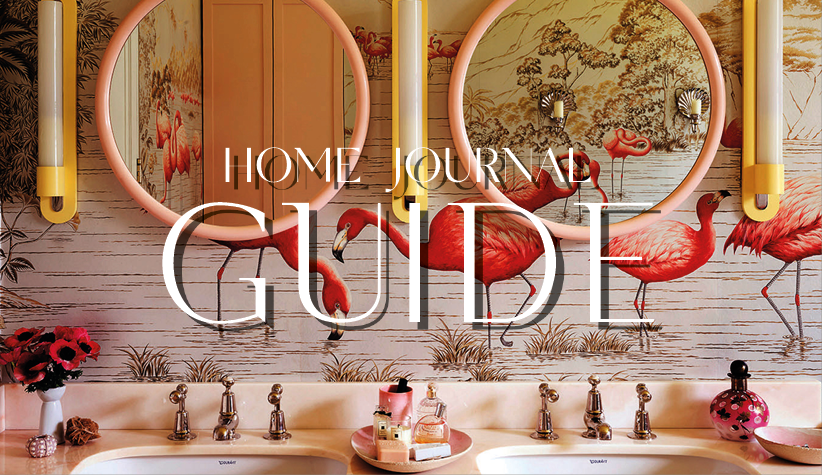Some building materials simply cover a structure. Weathering steel becomes part of its narrative.
Developed by US Steel in the 1930s for railway cars and industrial equipment, this specialised alloy remained largely utilitarian until architects recognized its aesthetic potential decades later.
What makes weathering steel – also known as Corten steel – remarkable is its ability to protect itself. The copper and other alloying elements form a stable, protective rust layer that eliminates the need for additional coatings or treatments. Over time, exposure to wind, rain, and sun develops a rich, copper-brown patina that gives each structure its own distinctive character.

At Denmark's FLUGT Museum, renowned architectural firm Bjarke Ingels Group (BIG) selected weathering steel to clad their curved connector structure, which links two former hospital buildings. The material's warm rust tones harmonize beautifully with the original red brick walls, while its rugged, weathered appearance echoes the resilience of the refugees who once sought shelter at this former WWII camp. The steel's ability to endure and transform over time mirrors the human stories the museum now preserves.

The true appeal of weathering steel lies in this transformation. Unlike traditional building materials that fight against time, weathering steel embraces it. Each structure becomes a living canvas, recording years of weather patterns and environmental changes in its evolving surface. It's architecture that literally tells the story of its place and time.

With its symbolic resonance, sustainable, and low-maintenance qualities, weathering steel has been a celebrated exterior materials among architects worldwide. Notable examples include the Ferrum 1 office building in St. Petersburg by Tchoban Voss Architekten, the Çanakkale Antenna Tower in Dardanelles by IND [Inter.National.Design] and Powerhouse Company, and Qiaochengbei Park Visitor Center in Shenzhen by Atelier XI, to name just a few.
Photos: Bjarke Ingels Group









